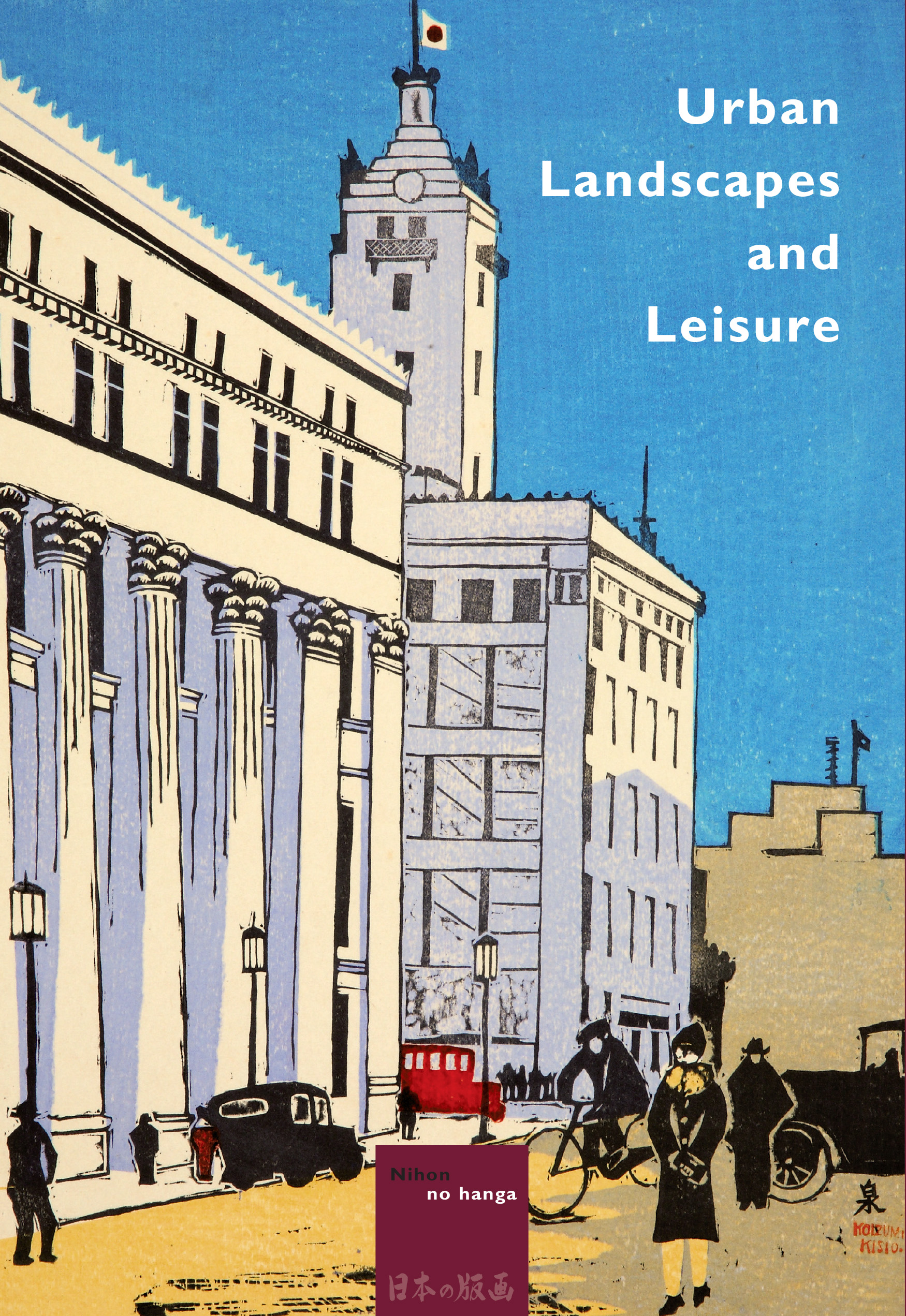1| Preface
-

-
This year, as Japan and the Netherlands celebrate 400 years of diplomatic ties, it is both an honor and a delight for me to bring a part of Tokyo to Amsterdam through this exhibition, which focuses on how the city developed after the dramatic Great Kantō Earthquake of 1923. The earthquake, and the frantic rebuilding that followed, transformed Tokyo in ways that other historic cities, such as Amsterdam, have never seen. Despite all that Tokyo lost, the ensuing reconstruction created an atmosphere of innovation and excitement, which still defines Tokyo today: the city thrives on permanent motion, change, and development.
So it is under these conditions that the artists in this exhibition witnessed, captured, and recorded Tokyo's transformation in detail. Their prints reflect a shocking pace of change; more shocking still is that, after two solid decades of rebuilding, Tokyo was once again destroyed, this time as a result of war.
Our private collecting taste has skewed this exhibition towards the Sōsaku hanga artists. We were thrilled to acquire complete sets from the series One Hundred Views of New Tokyo, created by some of our favorite artists, including Onchi Kōshirō and Maekawa Senpan, as well as Koizumi Kishio's solo effort, One Hundred Views of Great Tokyo during the Shōwa Era. As our interests expanded, we slowly added prints by artists of other traditions, such as Kawase Hasui, which enriches the collection and allows comparisons of works in different traditions and styles.
This exhibition takes a thematic approach that highlights the importance of researching the relationship between societal developments and the art that a culture produces. I hope that this exhibition triggers an interest in these issues and that Nihon no hanga can assist in developing and facilitating research in the near future.
Elise Wessels, Director Nihon no hanga